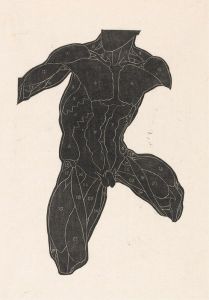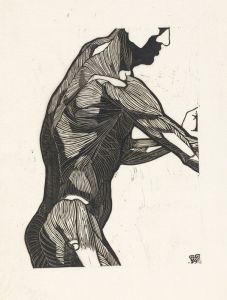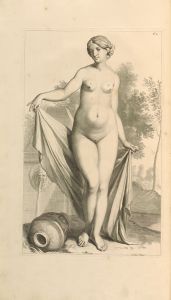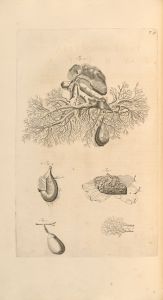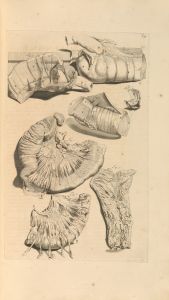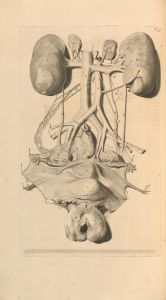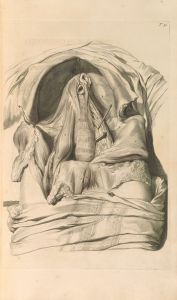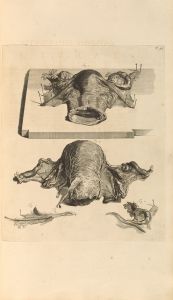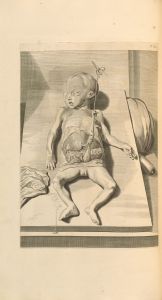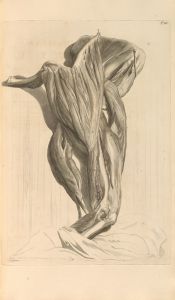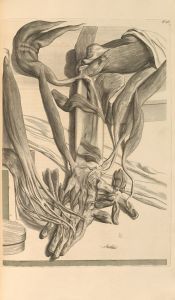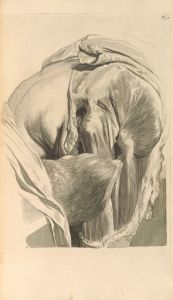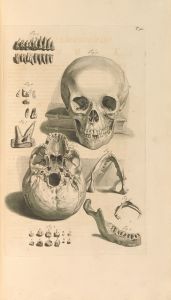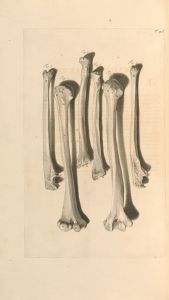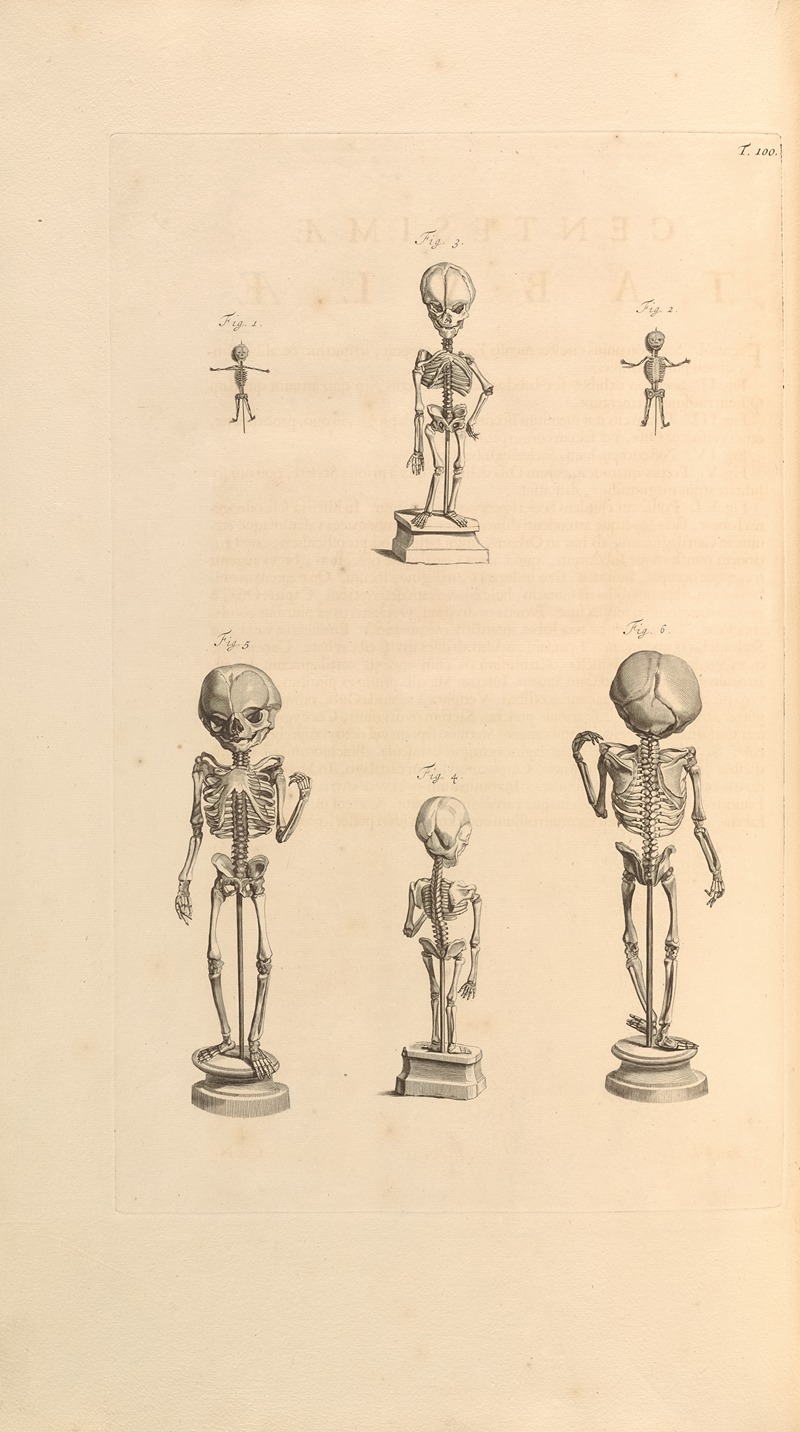
Anatomia humani corporis Pl.101
A hand-painted replica of Gerard de Lairesse’s masterpiece Anatomia humani corporis Pl.101, meticulously crafted by professional artists to capture the true essence of the original. Each piece is created with museum-quality canvas and rare mineral pigments, carefully painted by experienced artists with delicate brushstrokes and rich, layered colors to perfectly recreate the texture of the original artwork. Unlike machine-printed reproductions, this hand-painted version brings the painting to life, infused with the artist’s emotions and skill in every stroke. Whether for personal collection or home decoration, it instantly elevates the artistic atmosphere of any space.
Gerard de Lairesse (1640–1711) was a Dutch Golden Age painter, art theorist, and illustrator, known for his classical style and contributions to anatomical illustration. One of his notable works in the field of anatomy is the illustration "Anatomia humani corporis Pl.101," which was created as part of the influential anatomical atlas Anatomia Humani Corporis (1685). This atlas was a collaborative effort between de Lairesse and the Dutch anatomist Govard Bidloo (1649–1713).
Anatomia Humani Corporis was a groundbreaking publication in the late 17th century, featuring 105 detailed copperplate engravings based on dissections performed by Bidloo. Gerard de Lairesse was responsible for creating the original drawings, which were later engraved by Abraham Blooteling and other skilled engravers. Plate 101 (Pl.101) is one of these illustrations, showcasing de Lairesse's artistic precision and ability to depict the human body with remarkable clarity and detail.
The illustrations in the atlas, including Pl.101, were notable for their combination of scientific accuracy and artistic expression. De Lairesse's work reflected the Baroque style of the period, with dramatic compositions and attention to anatomical detail. The figures in the illustrations were often posed in lifelike positions, emphasizing the naturalistic approach to anatomy that was emerging during this time. This approach marked a departure from earlier, more schematic anatomical drawings and helped establish a new standard for medical illustration.
Despite its artistic and scientific merits, Anatomia Humani Corporis faced criticism from some contemporaries for its perceived theatricality and the inclusion of decorative elements in the illustrations. However, the atlas remains an important historical document, reflecting the intersection of art and science in the 17th century. It also highlights the collaborative nature of anatomical studies during this period, with artists and anatomists working together to advance medical knowledge.
Gerard de Lairesse's contributions to Anatomia Humani Corporis demonstrate his versatility as an artist and his ability to adapt his skills to different disciplines. While he is better known for his mythological and allegorical paintings, his work on this anatomical atlas has secured his place in the history of medical illustration. Plate 101, like the other illustrations in the atlas, continues to be studied and appreciated for its historical significance and artistic quality.





